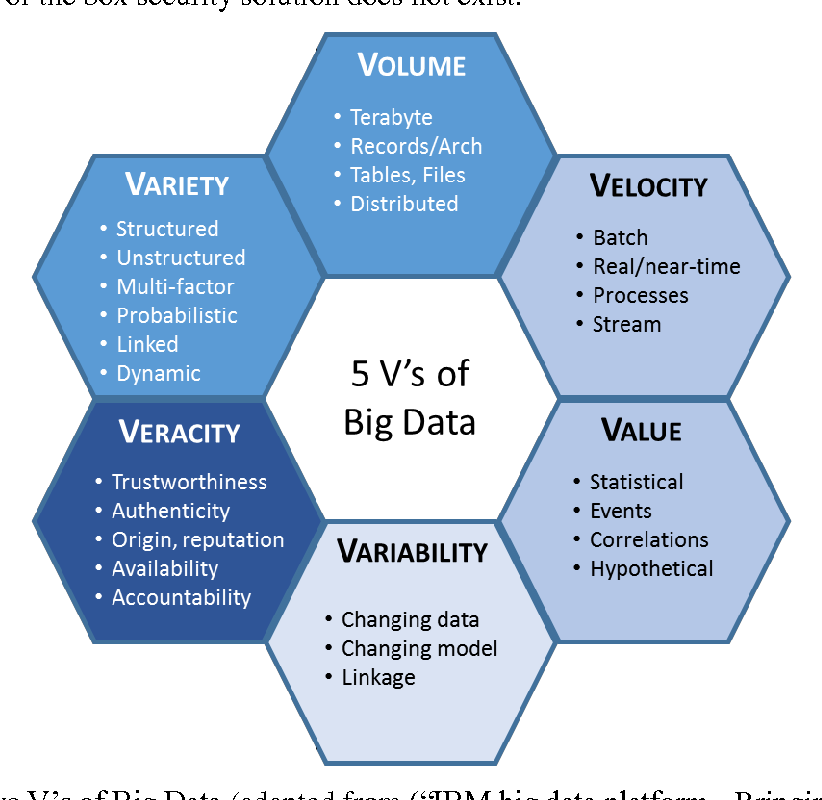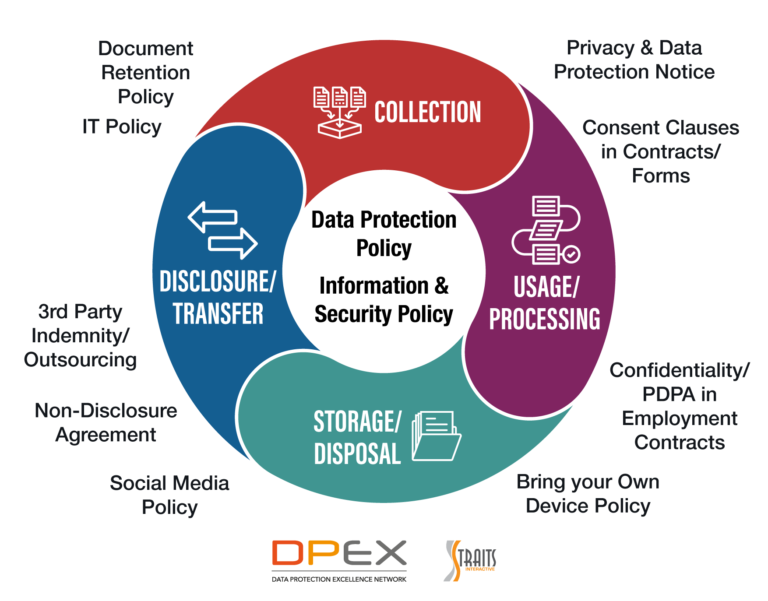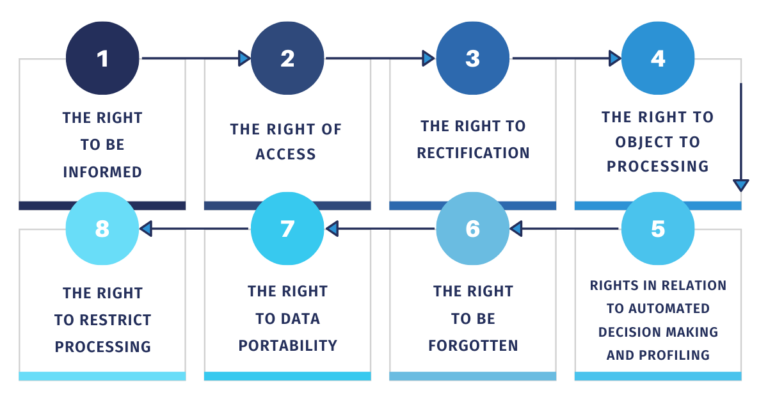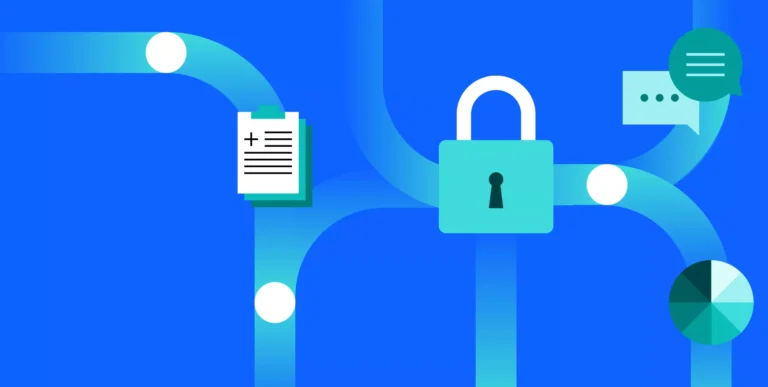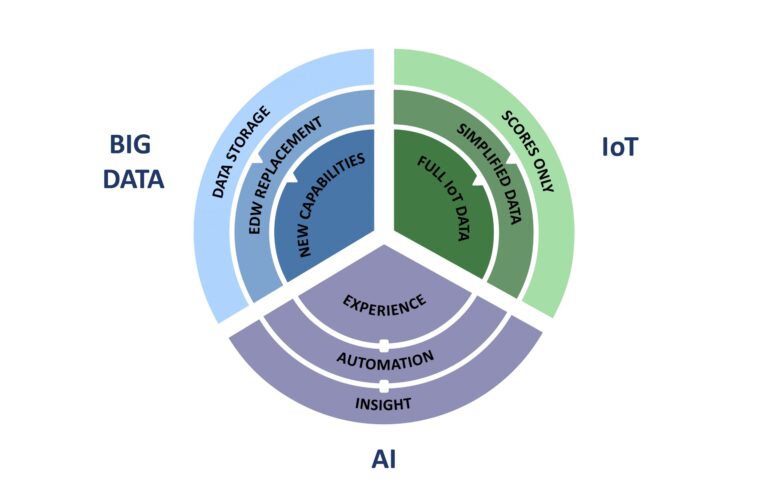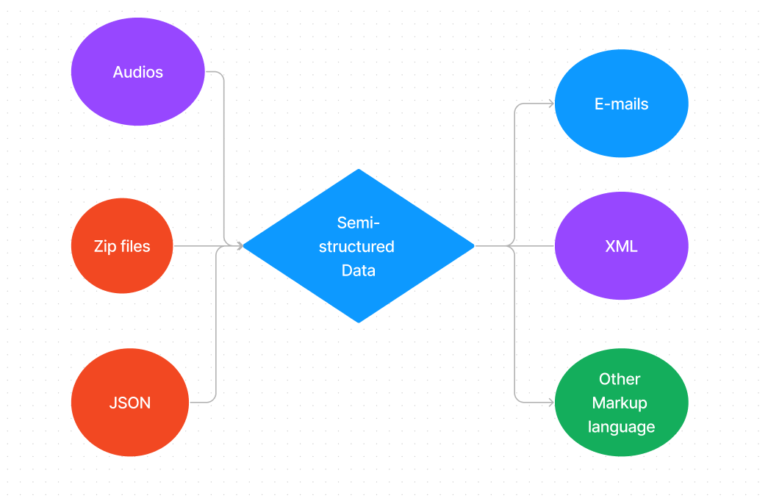What Are The Top 3 Big Data Privacy Risks?
Big data is a powerful tool, but it can also present serious privacy risks. As the use of big data continues to increase, so do the risks of data breaches, misuse of personal data, and other potential risks to privacy. Understanding the top 3 big data privacy risks is essential for organizations and individuals alike who are leveraging the power of big data. The top 3 big data privacy risks include data breaches, misuse of personal data, and data sharing. Data breaches occur when unauthorized individuals gain access to confidential data. Misuse of personal data can happen when companies use data about individuals without their permission or for unintended purposes. Lastly, data sharing can lead to data being shared with unauthorized third parties. By understanding these top 3 big data privacy risks, organizations can take steps to protect their customers’ data and ensure the privacy of their customers is respected.
Definition of Big Data
Big Data is the term used to describe the vast amounts of data that is generated from a wide range of sources, such as sensors, digital media, web interactions, and machine-to-machine (M2M) communication. It is used to identify patterns, trends, and correlations in order to gain insights, optimize processes, and make better decisions. Big Data is characterized by its massive size, high velocity, and variety of both structured and unstructured data. The efficient analysis of this data requires sophisticated software tools and techniques, as well as the ability to visualize the data to uncover meaningful information. Big Data presents a huge opportunity for organizations to gain valuable insights and differentiate themselves in the market.
Types of Big Data Privacy Risks
Big Data presents some of the most complex privacy issues of our time. As data sets become larger and more interconnected, the risks to privacy increase exponentially. Types of Big Data privacy risks include data breaches, data security threats, data manipulation, and data misuse. Data breaches are unauthorized disclosures of sensitive information, which can result in financial losses or reputational damage. Data security threats involve malicious actors gaining access to data, such as viruses, malware, and ransomware. Data manipulation is the intentional manipulation or alteration of data to gain an advantage or to mislead others. Finally, data misuse is the intentional or unintentional misuse of data for unethical purposes, such as using personal information for marketing purposes without permission. Understanding these different types of Big Data privacy risks is essential to developing the strategies and processes necessary to protect data and ensure privacy.
Impact of Big Data Privacy Risks
Big Data has revolutionized the way businesses and organizations think about data management. It has provided unprecedented access to large amounts of data, allowing organizations to gain insight into their operations and customer behavior. However, as with any technology, there are associated risks. One of the biggest issues related to Big Data is privacy. The sheer amount of data collected and stored by companies can lead to privacy risks, such as the potential for data breaches, data misuse, and the lack of transparency in how data is collected and used. It is essential for organizations to understand the potential privacy risks associated with Big Data and take the necessary steps to ensure that their data is secure and privacy is respected.

Strategies for Mitigating Big Data Privacy Risks
Big data has the potential to revolutionize the way we work and live, but it also comes with its own unique set of privacy risks. Companies must take proactive steps to ensure that their data remains secure and that all personal data is treated with respect and confidentiality. Strategies for mitigating big data privacy risks include implementing strong authentication and access control measures, encrypting data, limiting data storage to just what is necessary, and regularly monitoring user access and activity. Additionally, companies should ensure that their data is stored and processed in a secure environment, and that their privacy policies are regularly reviewed and updated. By taking these steps, organizations can ensure that their data is secure and that their customers’ and employees’ privacy is respected.
Examples of Big Data Privacy Incidents
Big data privacy incidents are becoming increasingly common, as businesses and organizations of all sizes work to collect and store more data than ever before. The data collected can range from customer and employee records to financial and medical information. Unfortunately, this data can be vulnerable to breaches, leading to big data privacy incidents that can have serious consequences.
Examples include the unauthorized access of customer information by a hacker, the exposure of sensitive company data due to a security breach, or the accidental public release of confidential data. These types of incidents can lead to hefty fines, damage to a company’s reputation, legal liability, and even loss of customer trust. As businesses and organizations collect and store more and more data, it is essential that they implement strong security protocols and measures to protect their data and their customers’ data.
FAQs About the What Are The Top 3 Big Data Privacy Risks?
Q1: What are the biggest risks to data privacy when dealing with Big Data?
A1: The top 3 Big Data privacy risks are unauthorized access, data breaches, and lack of data security. Unauthorized access occurs when someone accesses data without permission. Data breaches occur when an attacker successfully infiltrates an organization’s data. Lastly, lack of data security occurs when organizations fail to protect their data from malicious actors.
Q2: How can I protect my data when dealing with Big Data?
A2: To protect your data from the top 3 Big Data privacy risks, you should ensure that your data is encrypted and stored in secure locations. You should also be vigilant in monitoring for unauthorized access attempts, implement access control measures, and regularly audit your systems.
Q3: How serious are Big Data privacy risks?
A3: Big Data privacy risks can be very serious. If an organization fails to adequately protect their data, they may be exposed to malicious actors who could access or steal sensitive information. This can result in a loss of customer trust, financial losses, legal consequences, and damage to an organization’s reputation.
Conclusion
In conclusion, Big Data privacy risks are a major concern that must be addressed. The top three risks include data leakage, data misuse, and data breaches. These risks can be mitigated by implementing strong security protocols, using encryption, and ensuring that data is stored securely. Additionally, organizations must ensure that all employees and users are kept up to date on the latest security protocols and are aware of the importance of data privacy. By taking these steps, organizations can ensure the safety and security of their data and protect their users’ privacy.
